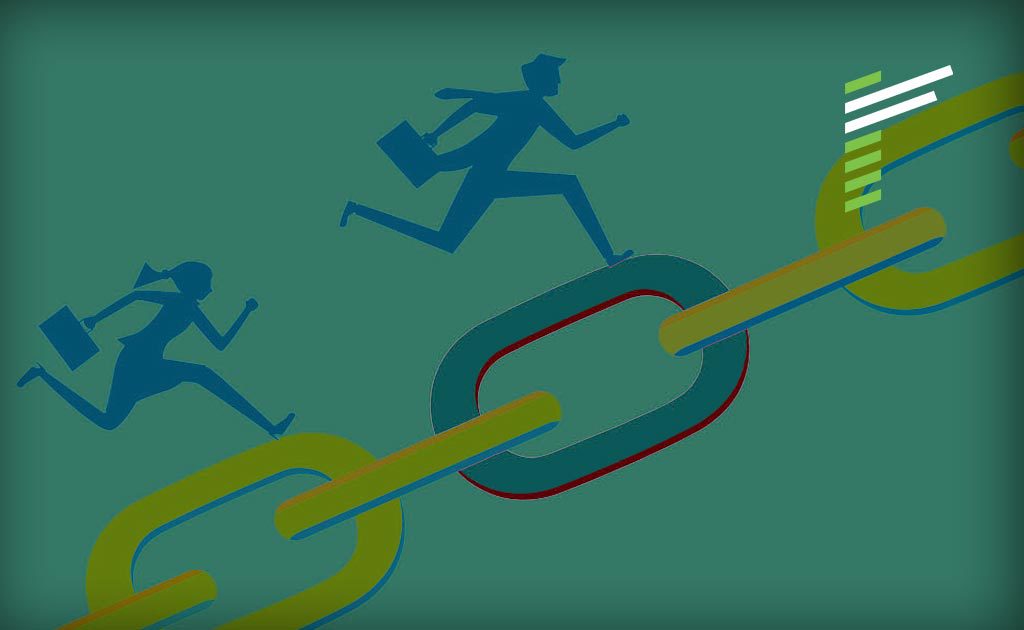The global supply chain is in a state of uncertainty. Disruptions are being caused by a variety of factors such as geopolitical disruption, worldwide shortage of semiconductors, and the COVID-19 pandemic. Global supply chains are facing the worst shortages in 50 years due to the pandemic and other factors.
The COVID-19 pandemic has had a significant — and lasting — impact on supply chains worldwide. Lockdown measures, travel restrictions, and labour shortages have caused long-lasting disruptions in production, transportation, and logistics operations that are still trying to be solved today. The closure of factories, reduced workforce, and disrupted shipping routes led to delays, shortages, and increased costs
Since then, companies have made significant progress on measures to overcome disruptions, mitigate risks, and build resilience in their operations. For example, many companies have made structural changes to their supply networks by implementing dual or multiple sourcing strategies for critical materials and moving from global to regional networks.
However, despite progress over the past 12 months, many companies still lack a comprehensive picture of the risks lurking deep inside complex multitier supply networks.
Mapping out the disruptions
Supply chain disruptions can impact different stages of the supply chain. Natural and man-made events can damage transportation infrastructure, disrupt production facilities, and hinder the movement of goods. For example, the earthquake and tsunami in Japan in 2011 caused significant disruptions to global supply chains, particularly in the automotive and electronics industries.
Outbreaks of infectious diseases, such as the COVID-19 pandemic, can have a profound impact on global supply chains. Travel restrictions, lockdowns, factory closures, and labor shortages disrupt production, transportation, and logistics, leading to delays, shortages, and increased costs.
The supply chain is also open to bottlenecks caused by suppliers and contractors such as bankruptcy, quality issues, or delays in fulfilling orders. If a key supplier fails to deliver components or materials, it can impact the production schedules of downstream manufacturers. Disruptions in transportation networks, such as port congestion, strikes, or accidents, can impede the movement of goods. For instance, a labor strike at a major port can cause significant delays in the shipment of products, affecting the entire supply chain.
It’s important to note that these examples are not exhaustive, and supply chain disruptions can stem from numerous other factors. Mitigating such disruptions often involves proactive risk management, diversification of suppliers, enhancing supply chain visibility, and implementing contingency plans.
The building blocks that build resilience
Building resilience in the global supply chain involves implementing strategies and practices to anticipate and mitigate disruptions. However, it’s important to note that building supply chain resilience is an ongoing process that requires collaboration, adaptability, and continuous improvement.
Relying on a single source for critical components or materials can create vulnerability. By diversifying suppliers and sourcing options, companies can reduce the risk of disruptions caused by supplier issues, geopolitical tensions, or natural disasters. This includes exploring alternative suppliers from different regions and countries.
Building strong relationships and collaborations with suppliers, logistics providers, and other partners in the supply chain can foster better communication, information sharing, and joint problem-solving. This facilitates a faster response to disruptions and the ability to work together to find alternative solutions.
Additionally, improving visibility and transparency across the supply chain enables better tracking and monitoring of inventory, shipments, and potential disruptions. Leveraging technologies like IoT sensors, blockchain, and real-time data analytics can provide real-time visibility, enabling proactive decision-making and timely responses to disruptions.
Each supply chain is unique, and organizations should tailor their resilience strategies to their specific circumstances and industry dynamics.
The right partner to help build resilience
Conducting thorough risk assessments to identify potential vulnerabilities and developing contingency plans can help minimize the impact of disruptions. This involves assessing risks at each stage of the supply chain, understanding dependencies, and creating backup plans to mitigate the effects of potential disruptions.
However, not all evaluations are made equal. The right partner can be the difference between sub-standard information and actionable results that can deliver sustainable change. That’s where we come in.
Our consultants and industry expertise can help organisations achieve their ambitious goals and rise above disruption. Our proven bottom-up, end-to-end approach means that we work with you as partners, from blueprint to execution, making us accountable for results, from start to finish.
If you’re ready for the next step, connect with us for more information.










